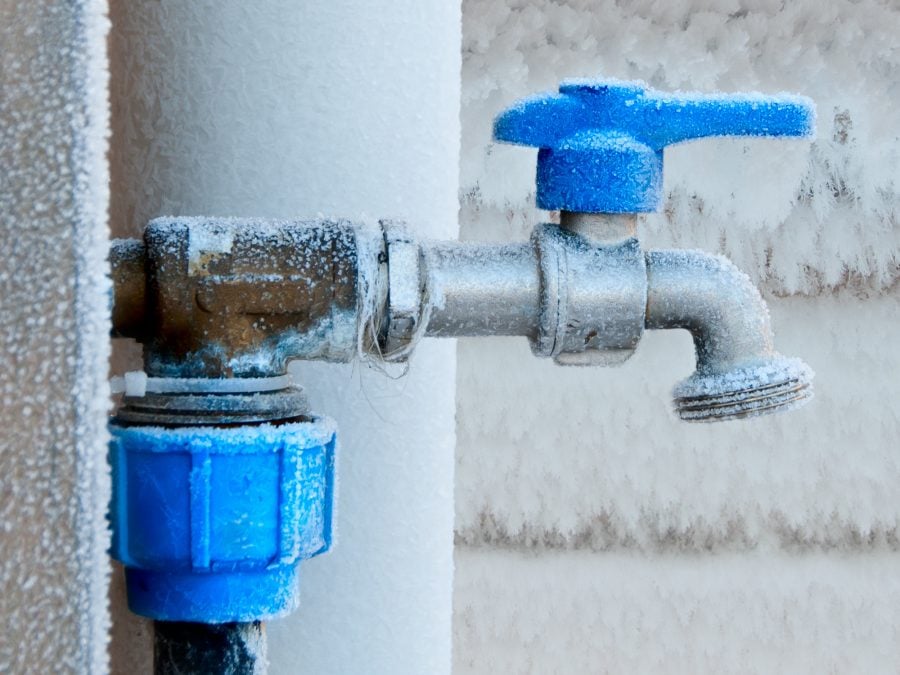Preventing Frozen Pipes in Cold Weather: Essential Advice
Request A QuoteAre you searching for resources about How to Prevent Your Pipes From Freezing?

Cold weather can wreak havoc on your plumbing, specifically by freezing pipes. Here's just how to avoid it from happening and what to do if it does.
Intro
As temperatures drop, the threat of frozen pipes increases, possibly resulting in pricey repairs and water damage. Understanding exactly how to stop icy pipelines is critical for home owners in cool climates.
Comprehending Frozen Pipelines
What triggers pipes to ice up?
Pipelines ice up when exposed to temperature levels listed below 32 ° F (0 ° C) for extended periods. As water inside the pipes ices up, it expands, taxing the pipeline walls and possibly causing them to rupture.
Dangers and problems
Frozen pipelines can cause water system disturbances, building damage, and expensive repair services. Burst pipelines can flooding homes and create considerable architectural damage.
Signs of Frozen Water Lines
Determining icy pipes early can stop them from rupturing.
How to recognize frozen pipes
Look for decreased water circulation from taps, unusual smells or noises from pipelines, and noticeable frost on subjected pipes.
Prevention Tips
Protecting prone pipes
Wrap pipelines in insulation sleeves or make use of warmth tape to protect them from freezing temperatures. Focus on pipelines in unheated or exterior locations of the home.
Heating methods
Keep interior areas properly heated, specifically areas with plumbing. Open up closet doors to enable warm air to distribute around pipes under sinks.
Securing Exterior Plumbing
Yard hose pipes and exterior faucets
Disconnect and drain garden hose pipes before wintertime. Mount frost-proof spigots or cover exterior taps with protected caps.
What to Do If Your Pipes Freeze
Immediate activities to take
If you think frozen pipes, keep taps available to eliminate stress as the ice thaws. Use a hairdryer or towels soaked in hot water to thaw pipes slowly.
Long-Term Solutions
Structural adjustments
Consider rerouting pipelines far from outside walls or unheated locations. Include added insulation to attic rooms, cellars, and crawl spaces.
Updating insulation
Buy high-grade insulation for pipes, attics, and walls. Appropriate insulation aids keep regular temperature levels and reduces the danger of icy pipes.
Conclusion
Preventing frozen pipelines calls for positive procedures and fast feedbacks. By comprehending the reasons, indications, and safety nets, homeowners can safeguard their plumbing during winter.
5 Ways to Prevent Frozen Pipes
Drain Outdoor Faucets and Disconnect Hoses
First, close the shut-off valve that controls the flow of water in the pipe to your outdoor faucet. Then, head outside to disconnect and drain your hose and open the outdoor faucet to allow the water to completely drain out of the line. Turn off the faucet when done. Finally, head back to the shut-off valve and drain the remaining water inside the pipe into a bucket or container. Additionally, if you have a home irrigation system, you should consider hiring an expert to clear the system of water each year.
Insulate Pipes
One of the best and most cost-effective methods for preventing frozen water pipes is to wrap your pipes with insulation. This is especially important for areas in your home that aren’t exposed to heat, such as an attic. We suggest using foam sleeves, which can typically be found at your local hardware store.
Keep Heat Running at 65
Your pipes are located inside your walls, and the temperature there is much colder than the rest of the house. To prevent your pipes from freezing, The Insurance Information Institute suggests that you keep your home heated to at least 65 degrees, even when traveling. You may want to invest in smart devices that can keep an eye on the temperature in your home while you’re away.
Leave Water Dripping
Moving water — even a small trickle — can prevent ice from forming inside your pipes. When freezing temps are imminent, start a drip of water from all faucets that serve exposed pipes. Leaving a few faucets running will also help relieve pressure inside the pipes and help prevent a rupture if the water inside freezes.
Open Cupboard Doors
Warm your kitchen and bathroom pipes by opening cupboards and vanities. You should also leave your interior doors ajar to help warm air circulate evenly throughout your home.

I discovered that content about Prevent Frozen Pipes while looking around the search engines. Enjoyed reading our blog entry? Please quickly share it. Help someone else locate it. We recognize the value of reading our article about How To Avoid Freezing Pipes.
Schedule Now!